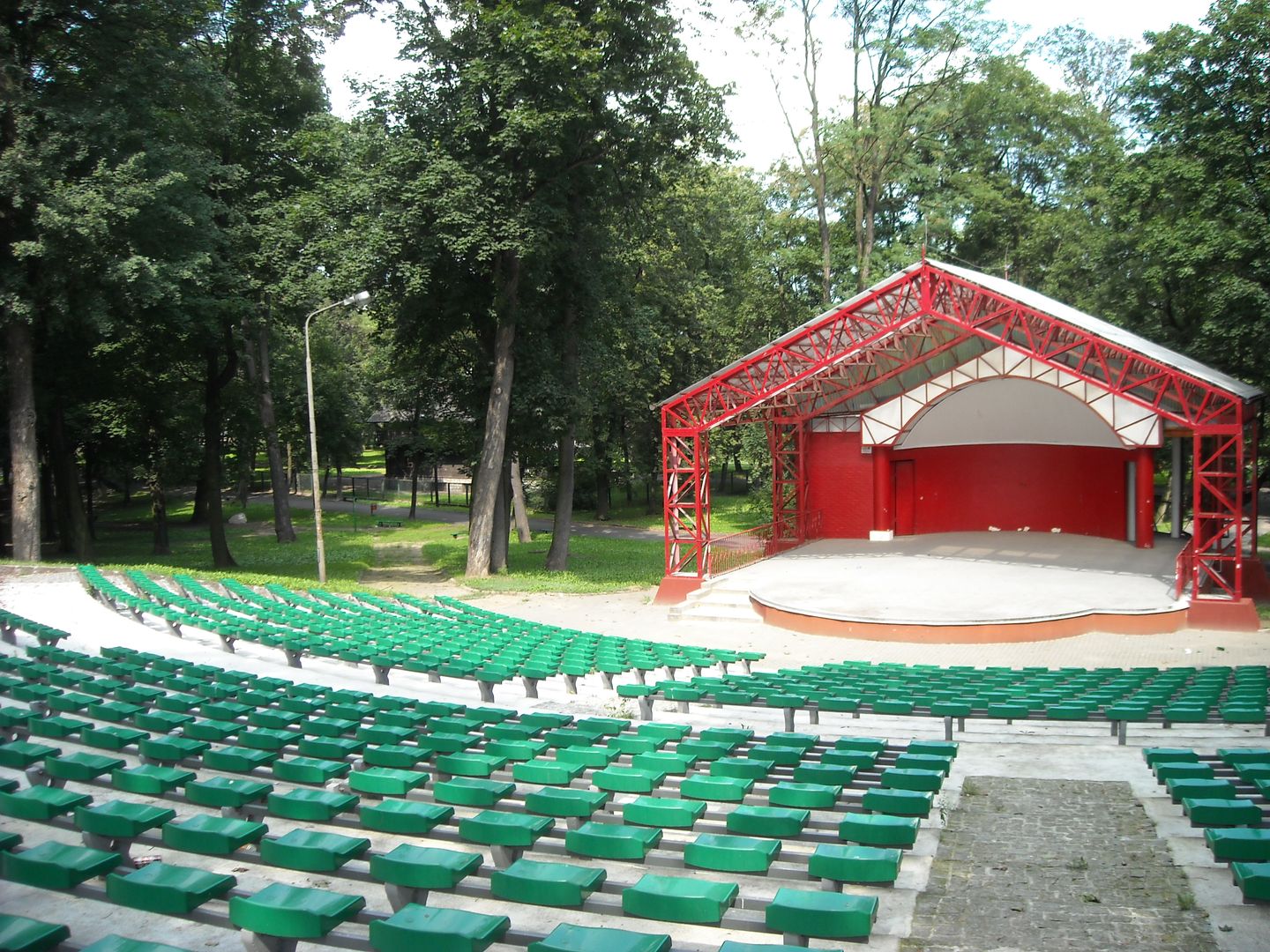Sieradz
7.01

Overview
Sieradz, located in central Poland, is a city with a rich history and architecture, serving as the capital of the Sieradz Land and an important road and cultural hub of the Łódź Voivodeship. Its history dates back to the 12th century, when in 1136 the first mention of Sieradz appeared in the Bull of Gniezno. The city was the capital of the Duchy of Sieradz (1264–1339) and the Sieradz Voivodeship (1339–1793). Sieradz gained significance when it hosted deputational sejmiks (local parliaments) and coronations, the youngest of which took place in 1383 when the nobility declared Jadwiga the King of Poland. Sieradz is home to numerous monuments, including preserved elements of medieval defensive walls, the Post-Dominican Church and Monastery Complex, and the beautiful All Saints' Collegiate Basilica. It is also worth mentioning the unique cable-stayed bridge over the Warta River, as well as the Executioner's House, which contains relics of a 14th-century tower. For years, Sieradz has been organizing cultural events, including the Sieradz Open Hair Festival, which attracts participants and spectators from all over the country and dates back to 2009. The city also boasts a rich legacy in the form of numerous cultural associations, cultural centers, and music schools. The modern development of Sieradz is linked to intensive economic growth, which has contributed to the creation of new jobs and the expansion of infrastructure. The city has modern road and rail transport, as well as a bike-sharing system, which promotes physical activity among its residents. Architecturally, Sieradz still retains the character of its historical buildings while integrating modern solutions, making it an attractive place to live and visit. Sieradz is a city with many cultural traditions, significant for its historical importance and dynamic development in the 21st century.
Location
You can also find here:
2025 Wizytor | All Rights Reserved

